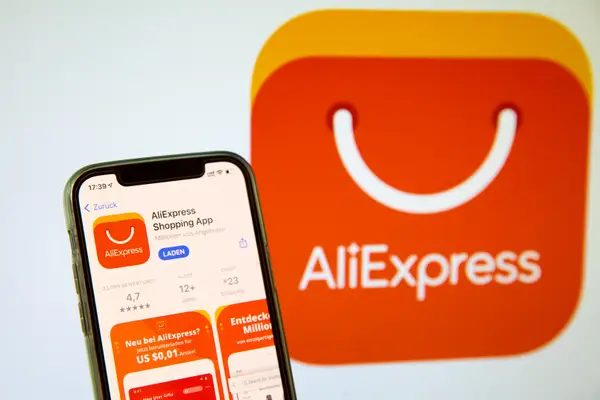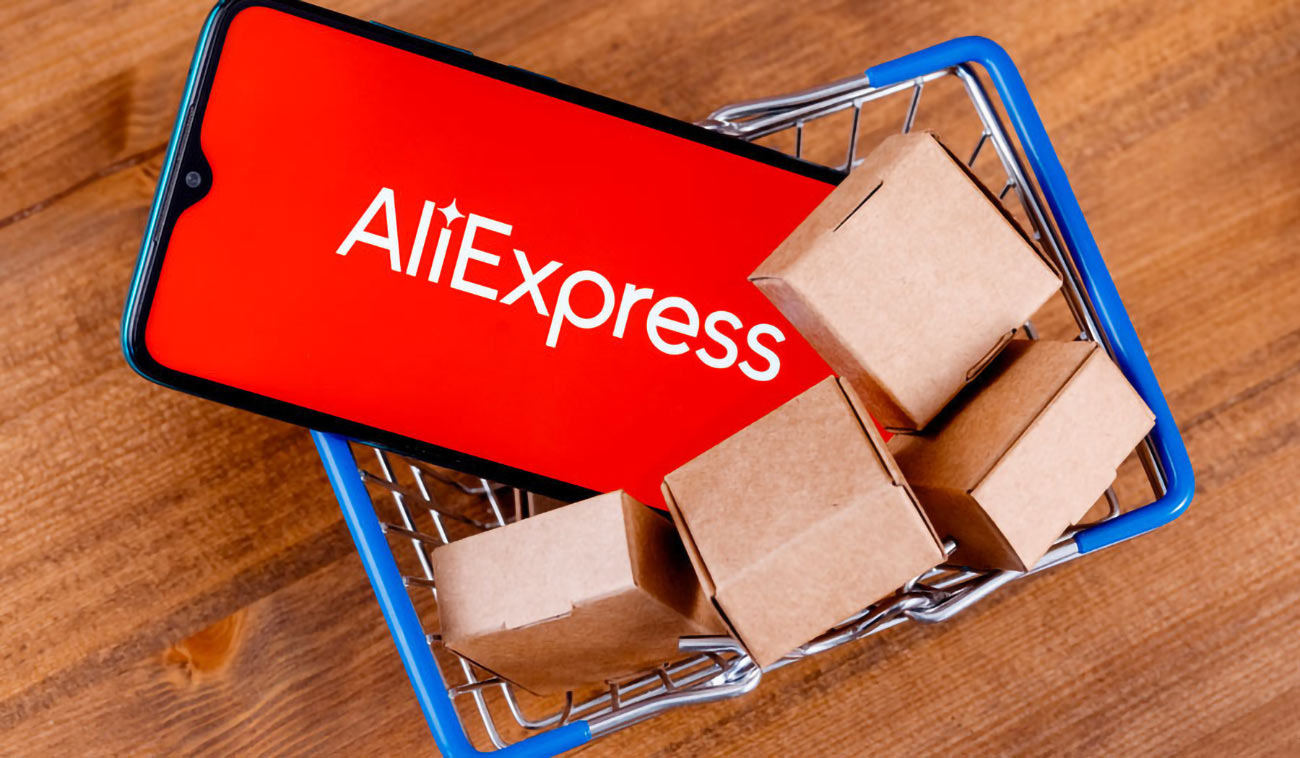Do prices change before major sales to fake a discount?

In the ever-evolving world of retail, savvy shoppers are always on the lookout for the best deals and discounts. However, a prevalent concern arises: do prices change before major sales to fake a discount? This article delves into this intriguing aspect of pricing strategies, revealing insights that not only explain the practices behind pricing changes but also equip consumers with the knowledge to make informed purchasing decisions.
The Psychology of Discounting
Understanding why prices fluctuate, especially around major sales events, begins with the psychology of discounting. Retailers often utilize strategic price changes to lure customers and create a sense of urgency. Here’s a breakdown of the core elements involved:
- Scarcity: Limited-time offers can drive consumers to make quick decisions.
- Perceived Value: A discount can elevate the perceived value of a product.
- Anchoring: The original price serves as an anchor to make the discounted price seem like an incredible deal.
The Practice of Pre-sale Price Adjustments
Many retailers, especially during holidays and major sales events like Black Friday or Cyber Monday, may adjust prices leading up to the sale. This practice raises questions about authenticity and consumer trust.
Understanding Price Adjustments
Price adjustments often occur in two primary forms:
- Temporary Price Increases: Some retailers raise prices slightly before a sale to create a larger perceived discount.
- Promotional Discounts: Prices may also drop temporarily, leading customers to believe they are getting a better deal than usual.
Strategies Retailers Use
To better understand how retailers may manipulate pricing before a sale, it’s essential to explore common strategies they employ:
Incremental Price Increases
Some stores gradually increase the prices of items leading up to a major sale. This makes the final sale price appear significantly lower than its previous “regular” price, enticing customers to purchase out of fear of missing out.
Dynamic Pricing
With advanced algorithms, retailers can implement dynamic pricing strategies, constantly adjusting prices based on demand, inventory, and competitor pricing. This makes price manipulation less transparent, as consumers may not realize that what they perceive as a discount is actually a fluctuation in pricing strategies.
Psychological Pricing
Retailers often use psychological pricing techniques, such as ending prices in .99, to make items appear cheaper. This strategy can complement the visual impact of a “discounted” price, amplifying the feeling of getting a deal.
The Impact of Online Shopping
In the digital age, online shopping has revolutionized how consumers perceive and interact with pricing. Many shoppers utilize price comparison tools and websites to track pricing history, making them more informed than ever.
Price Tracking Tools
Tools such as CamelCamelCamel or Honey enable shoppers to monitor price changes over time. By using these tools, consumers can see true pricing trends, helping them avoid falling for artificially inflated “sale” prices.
Consumer Awareness
As more consumers become aware of pricing strategies, they’re less likely to be swayed by superficial discounts. This shift in awareness encourages retailers to provide more genuine discounts or risk losing customer trust.
Recognizing Genuine Discounts
To differentiate between valid sales and manipulated pricing, consumers should look for certain indicators:
- Price History: Check the product’s price history using price tracking tools.
- Compare Prices: Look at multiple retailers to gauge whether a sale price is genuinely lower.
- Read Reviews: Customer reviews can provide insight into whether a product is worth its price.
The Ethics Behind Pricing Strategies
The ethical implications of price manipulation are hotly debated. Some argue that such practices erode consumer trust, while others contend that they are merely a part of the competitive retail landscape. Here’s a deeper dive into the ethical considerations:
Transparency and Fairness
Transparency is crucial in maintaining consumer trust. Retailers should clearly communicate pricing structures to avoid misleading practices. Failure to do so can lead to backlash and a loss of customer loyalty.
Consumer Rights
Consumers have the right to fair pricing and should feel empowered to speak out against perceived injustices. This is why many organizations advocate for clearer pricing practices in retail industries.
Best Practices for Consumers
As a savvy shopper, there are several strategies you can adopt to ensure you’re making informed purchasing choices:
- Do Your Research: Familiarize yourself with a product’s typical prices before sales events begin.
- Use Technology: Utilize apps and browser extensions that alert you to price drops and historical price data.
- Shop Smart: Consider waiting for items to be further discounted post-sale or during clearance events.
The Future of Pricing Strategies
As industries evolve, so do pricing strategies. Advances in technology, consumer behavior changes, and global economic factors will shape how retailers approach pricing in the future.
Potential Trends
Some potential trends we may see include:
- Increased Transparency: Retailers may adopt more transparent pricing strategies to build trust with consumers.
- Personalized Pricing: As data collection becomes more sophisticated, personalized pricing based on individual shopping habits may become common.
- Sustainability Focus: Retailers may shift to pricing strategies that reflect sustainable practices and ethical sourcing.
Conclusion
In the world of retail, price manipulation is a complex issue that affects both retailers and consumers. Understanding the strategies behind pricing adjustments, especially leading up to major sales, can empower shoppers to make more informed decisions. By using technological tools and staying educated about pricing trends, consumers can navigate the shopping landscape more effectively, ensuring they get the best possible deals without falling for deceptive pricing tactics.

LINK:
As estratégias de marketing muitas vezes incluem táticas que podem confundir os consumidores. Uma dessas táticas é a prática de ajustar os preços antes de grandes vendas para simular um desconto. Essa técnica, conhecida como “fake discount”, pode engaixar os consumidores e fazer com que sintam que estão fazendo um ótimo negócio. Embora essa abordagem possa aumentar as vendas a curto prazo, também pode prejudicar a confiança na marca a longo prazo. Portanto, é vital que os consumidores estejam atentos, comparem preços e façam pesquisas antes de aproveitar os supostos descontos. Conhecimento é poder, especialmente em compras.
FAQ
1. Do prices change before major sales to fake a discount?
Yes, many retailers adjust their prices prior to major sales to create the illusion of a discount. This tactic can mislead customers into thinking they are getting a better deal than they actually are.
2. How can I recognize a fake discount?
To spot a fake discount, compare the sale price with historical prices. Websites that track price changes can help show if the item was previously sold at a lower price.
3. Why do retailers use fake discounts?
Retailers often use fake discounts to boost sales and attract customers. It creates urgency and makes shoppers feel they are saving money, even when they might not be.
4. Can I report stores that use fake discounts?
Yes, you can report misleading pricing practices to consumer protection agencies. Many countries have regulations against deceptive marketing practices.
5. How can I ensure I’m getting a real discount?
Research the product’s price history before buying. Check various retailers for price comparisons and read reviews to ensure you’re making an informed purchase.


